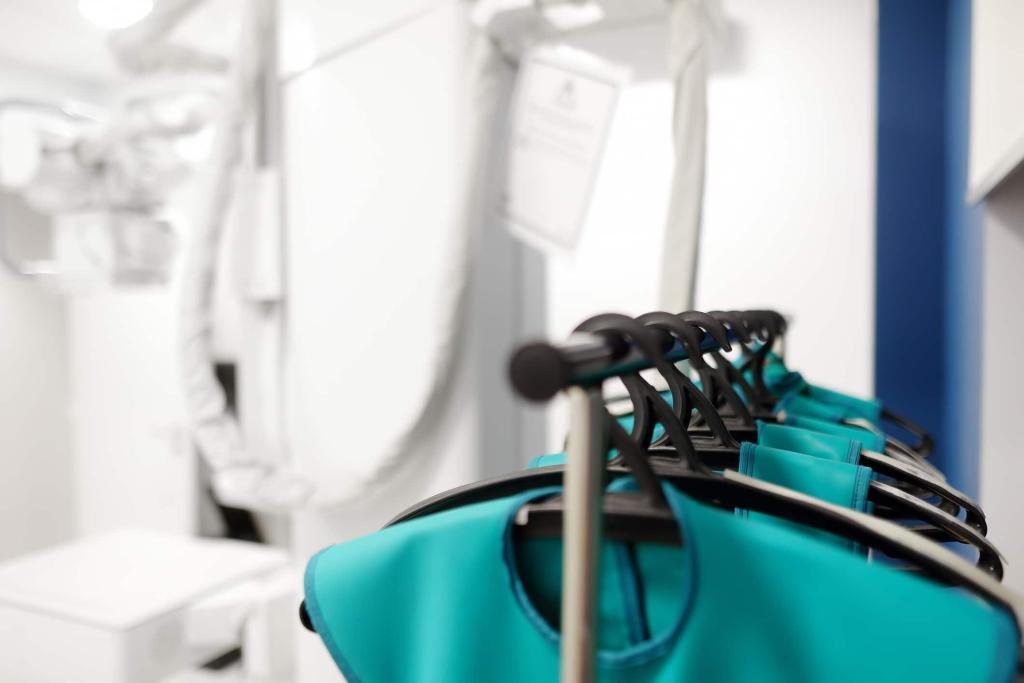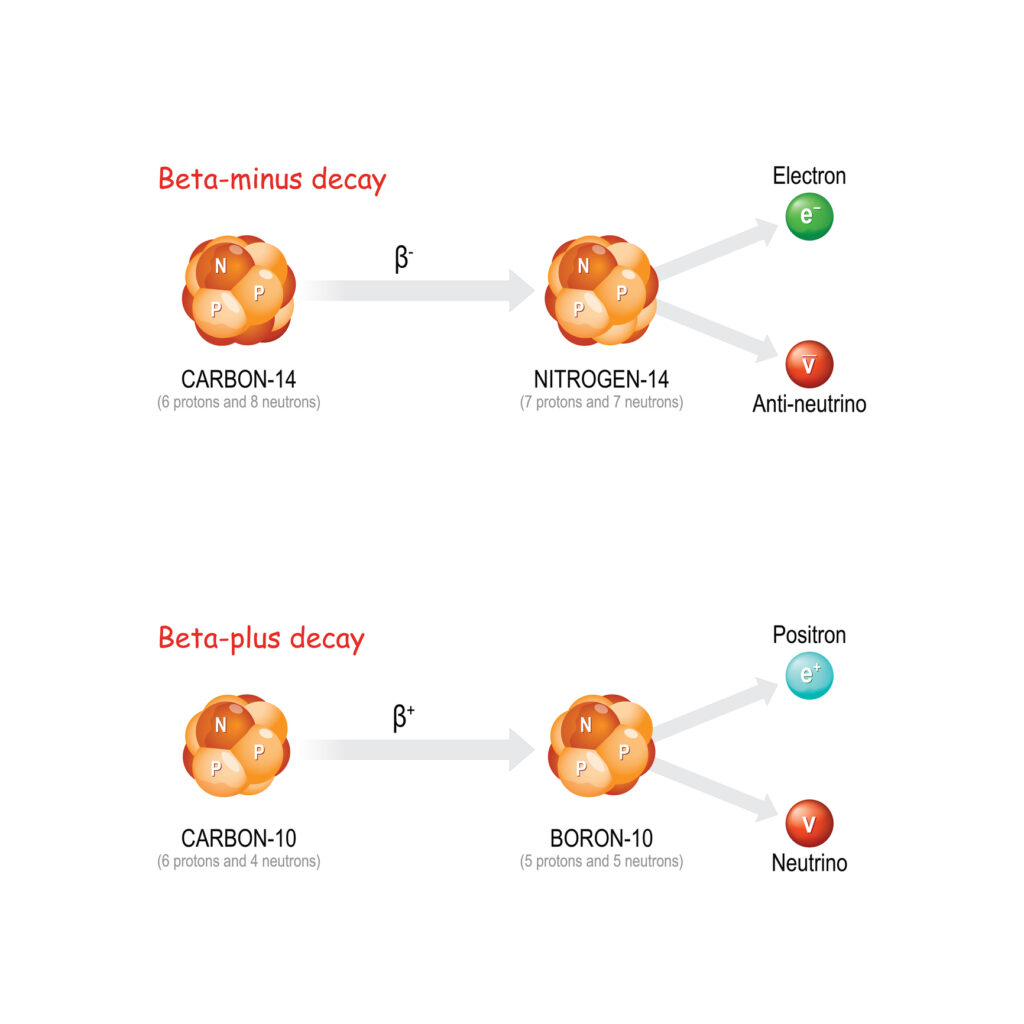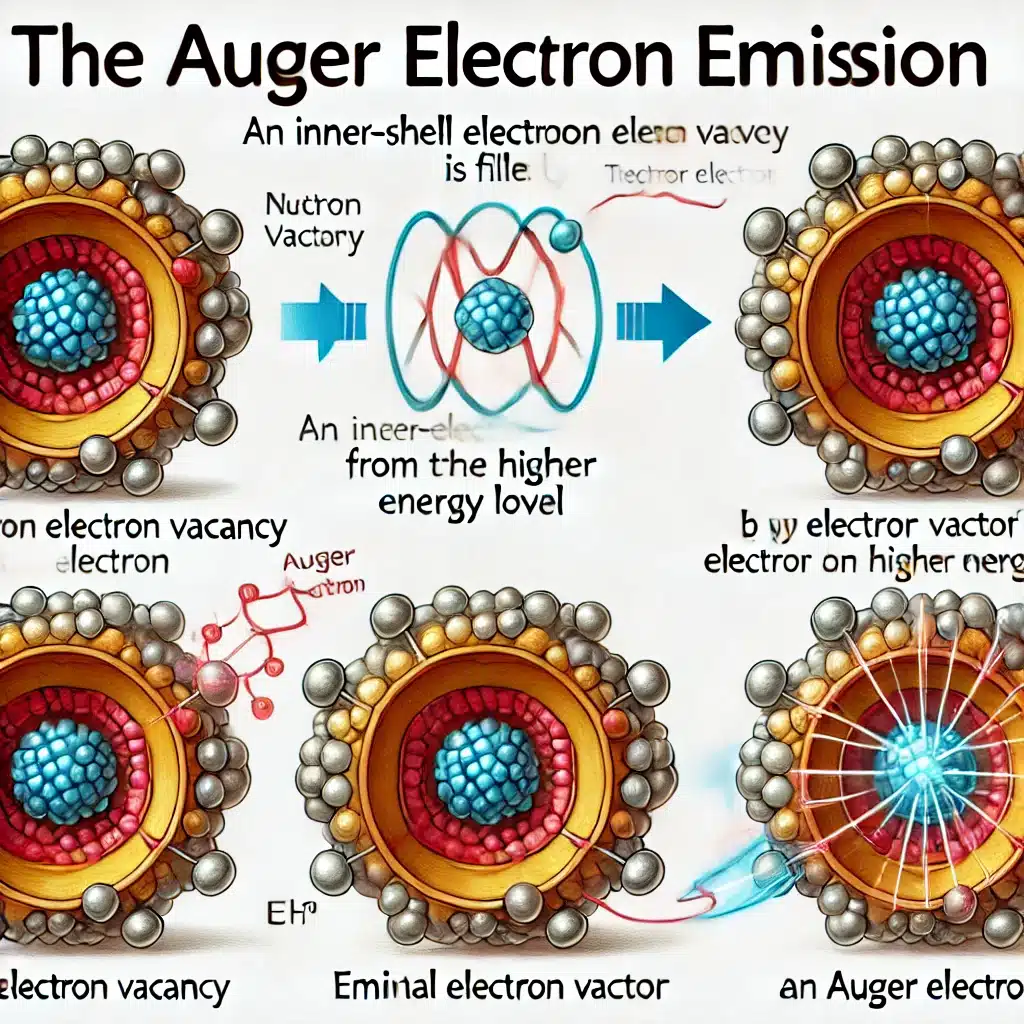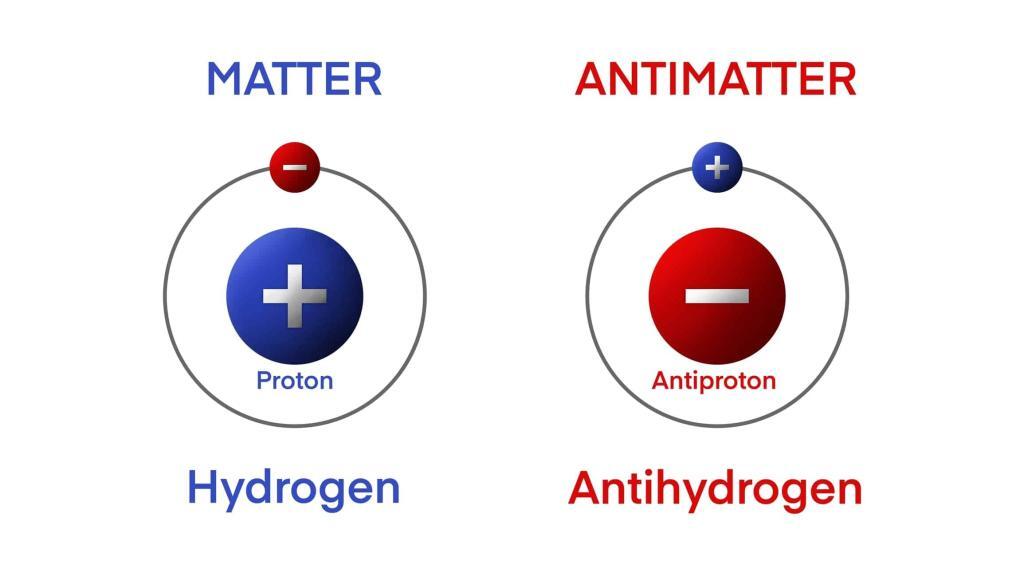The Geiger counter, a pivotal device in radiation detection, was invented by Hans Geiger in 1908 and later refined by Walther Müller. This comprehensive guide explores its history, operating principles, types, applications, and contemporary advancements. It underscores the Geiger counter’s significance in various fields, including medicine, industry, and environmental monitoring, providing an insightful look into this essential instrument.
Introduction to the Geiger Counter
A Geiger counter, also known as a Geiger-Müller counter, is a device used for detecting and measuring ionising radiation. It is widely used due to its ability to detect various types of radiation, including alpha particles, beta particles, and gamma rays. The device’s functionality, ease of use, and reliability make it an essential tool in numerous fields, from nuclear research to environmental monitoring.
Historical Background
The invention of the Geiger counter can be traced back to 1908, when Hans Geiger, a German physicist, developed an early version of the device. This prototype, known as the Rutherford-Geiger tube, was designed to detect alpha particles. In 1928, Geiger and his colleague Walther Müller improved upon this design, resulting in the more versatile and sensitive Geiger-Müller counter, which could detect various types of ionising radiation.
This improved version played a crucial role in the advancement of nuclear physics, providing researchers with a reliable tool for measuring radiation levels. The development of the Geiger-Müller counter marked a significant milestone in radiation detection technology, setting the stage for numerous scientific breakthroughs in the 20th century.
Principles of Operation
The operation of a Geiger counter is based on the ionisation of gases. The device typically consists of a Geiger-Müller tube filled with a low-pressure gas, such as helium, neon, or argon. When ionising radiation passes through the tube, it ionises the gas, creating positively charged ions and free electrons.
The Geiger-Müller tube has a central anode wire and a cathode lining the inside. A high voltage, typically between 400 and 900 volts, is applied between the anode and cathode. This voltage creates an electric field within the tube, causing the free electrons to accelerate towards the anode and the positive ions towards the cathode. As these charged particles accelerate, they ionise additional gas molecules, creating an avalanche effect.
This avalanche of charged particles results in a momentary electrical pulse, which is detected and amplified by the counter’s circuitry. Each pulse corresponds to a single ionising event, allowing the Geiger counter to count the number of radiation particles passing through the tube. The device then displays this information, often as counts per minute (CPM) or micro-sieverts per hour (µSv/h), providing a measure of the radiation intensity.
Types of Geiger Counters
Geiger counters come in various types, each designed for specific applications. The two primary categories are:
Portable Geiger Counters
Portable Geiger counters are handheld devices designed for field use. They are compact, lightweight, and battery-operated, making them ideal for environmental monitoring, emergency response, and personal radiation safety. These devices often feature digital displays, audible alarms, and data-logging capabilities.
Stationary Geiger Counters
Stationary Geiger counters are fixed installations used in laboratories, nuclear facilities, and industrial settings. They are typically more robust and sensitive than portable models and can monitor radiation levels continuously. These counters are often integrated with data acquisition systems for real-time monitoring and analysis.
Applications of Geiger Counters
Geiger counters have a wide range of applications across various fields, highlighting their versatility and importance. Some key applications include:
Medical Field
In medicine, Geiger counters are used to monitor radiation levels in diagnostic imaging and radiation therapy. They ensure that patients and healthcare workers are not exposed to harmful radiation levels. Additionally, they are used in laboratories to detect radioactive contamination and in nuclear medicine to measure the activity of radiopharmaceuticals.
Environmental Monitoring
Environmental monitoring is another crucial application of Geiger counters. They are used to measure background radiation levels, detect radioactive contamination, and monitor environmental incidents involving radioactive materials. Environmental agencies use these devices to ensure public safety and compliance with regulatory standards.
Industrial Uses
In the industrial sector, Geiger counters monitor radiation levels in nuclear power plants, during the production and handling of radioactive materials, and in various manufacturing processes. They help maintain safety standards, prevent radiation exposure, and detect leaks or spills of radioactive substances.
Educational and Research Institutions
Geiger counters are widely used in educational settings and research institutions to teach students about radiation and conduct experiments involving radioactive materials. They provide a hands-on tool for learning about the principles of radiation detection and the behaviour of ionising radiation.
Homeland Security and Defence
Geiger counters play a vital role in homeland security and defence. They detect and identify radioactive materials in border security, counterterrorism operations, and radiological emergency responses. These devices help ensure the safety and security of the public and critical infrastructure.
Advancements and Modern Uses
Since their invention, Geiger counters have undergone significant advancements, enhancing their functionality and expanding their applications. Some notable modern uses and improvements include:
Digital Geiger Counters
Modern Geiger counters often feature digital displays, providing more accurate and easy-to-read measurements. Digital technology has also enabled the integration of data logging, wireless connectivity, and advanced software for data analysis and reporting.
Enhanced Sensitivity and Range
Advancements in materials and electronics have improved the sensitivity and range of Geiger counters. Modern devices can detect lower levels of radiation and provide more precise measurements, making them suitable for a wider range of applications.
Integration with Mobile Devices
Some contemporary Geiger counters can be connected to mobile devices such as smartphones and tablets. This integration allows users to view real-time data, receive alerts, and analyse radiation levels through dedicated applications. It also facilitates the sharing of data for collaborative efforts in environmental monitoring and research.
Use in Space Exploration
Geiger counters have been used in space exploration to measure cosmic radiation levels and study the radiation environment beyond Earth. These measurements are critical for the safety of astronauts and the development of protective measures for future space missions.
Innovations in Detector Technology
Research into new detector materials and technologies continues to push the boundaries of what Geiger counters can achieve. For instance, the development of solid-state detectors and advancements in semiconductor technology promise even greater sensitivity, reliability, and miniaturisation of radiation detection devices.
Conclusion
The Geiger counter remains an indispensable tool in detecting and measuring ionising radiation. From its early inception by Hans Geiger to the sophisticated devices of today, it has played a crucial role in numerous fields, ensuring safety, advancing scientific knowledge, and protecting the environment.
Its evolution reflects the ongoing advancements in technology and the ever-growing need for reliable radiation detection methods. Whether in medical facilities, industrial settings, educational institutions, or space exploration, the Geiger counter continues to be a symbol of scientific progress and a cornerstone of radiation safety.
Understanding its history, principles, and applications provides a deeper appreciation of this remarkable device and its contribution to various aspects of modern life. As technology continues to advance, the Geiger counter will undoubtedly remain at the forefront of radiation detection, adapting to new challenges and opportunities in an ever-changing world.
Disclaimer
The content presented in Understanding the Geiger Counter: Radiation Detection and Measurement is intended for informational and educational purposes only. While Open MedScience has made every effort to ensure the accuracy of the information provided, it does not constitute professional advice or services in radiation safety, nuclear science, or medical practice.
Readers should consult qualified professionals or appropriate regulatory authorities before acting on any information related to radiation detection or exposure. Open MedScience accepts no responsibility or liability for any loss, injury, or damage incurred as a result of reliance on the content of this publication.
Use of Geiger counters and interpretation of radiation data should always be carried out in accordance with local laws, regulations, and safety guidelines.
You are here: home » diagnostic medical imaging blog »



